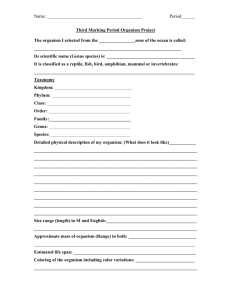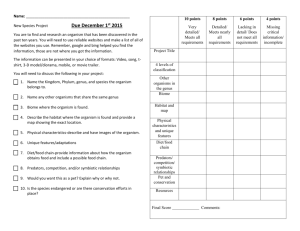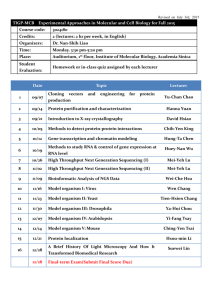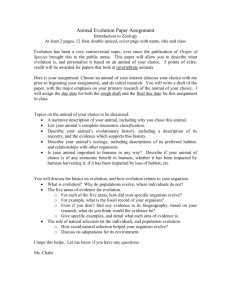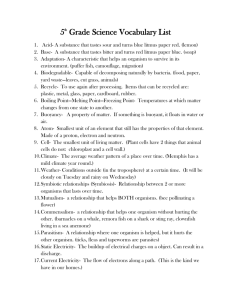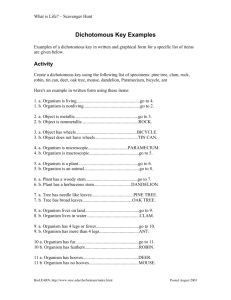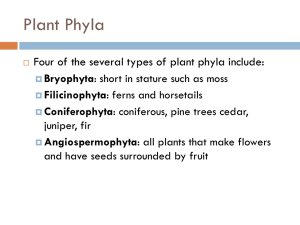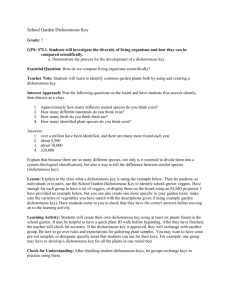Notes for Investigations 1-5
advertisement
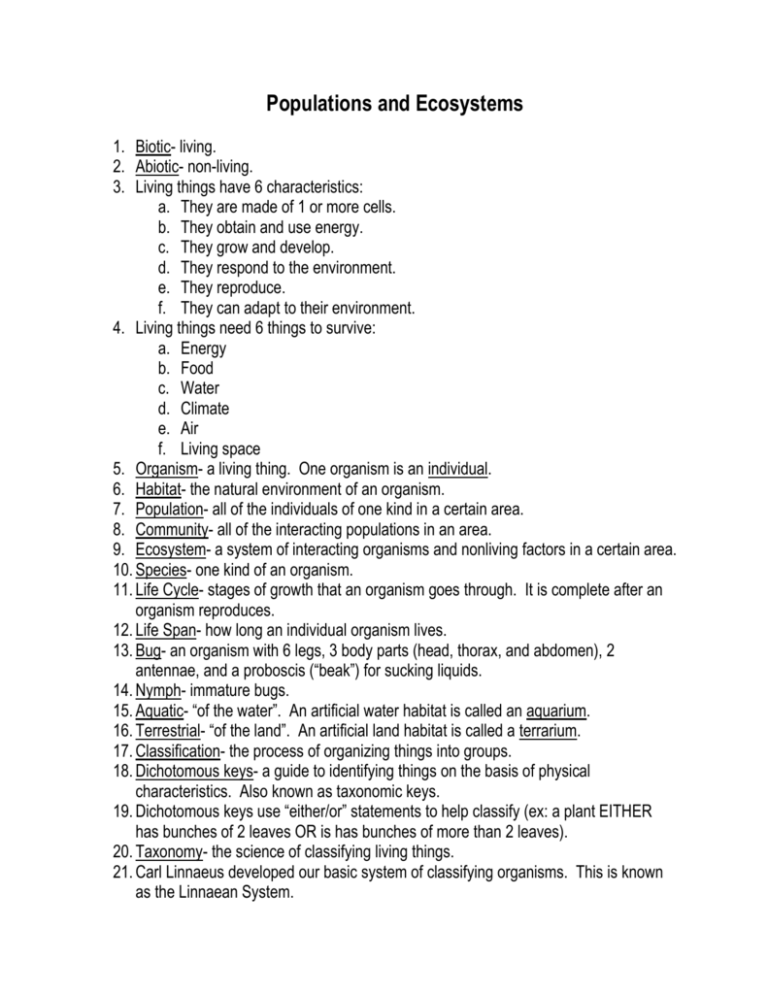
Populations and Ecosystems 1. Biotic- living. 2. Abiotic- non-living. 3. Living things have 6 characteristics: a. They are made of 1 or more cells. b. They obtain and use energy. c. They grow and develop. d. They respond to the environment. e. They reproduce. f. They can adapt to their environment. 4. Living things need 6 things to survive: a. Energy b. Food c. Water d. Climate e. Air f. Living space 5. Organism- a living thing. One organism is an individual. 6. Habitat- the natural environment of an organism. 7. Population- all of the individuals of one kind in a certain area. 8. Community- all of the interacting populations in an area. 9. Ecosystem- a system of interacting organisms and nonliving factors in a certain area. 10. Species- one kind of an organism. 11. Life Cycle- stages of growth that an organism goes through. It is complete after an organism reproduces. 12. Life Span- how long an individual organism lives. 13. Bug- an organism with 6 legs, 3 body parts (head, thorax, and abdomen), 2 antennae, and a proboscis (“beak”) for sucking liquids. 14. Nymph- immature bugs. 15. Aquatic- “of the water”. An artificial water habitat is called an aquarium. 16. Terrestrial- “of the land”. An artificial land habitat is called a terrarium. 17. Classification- the process of organizing things into groups. 18. Dichotomous keys- a guide to identifying things on the basis of physical characteristics. Also known as taxonomic keys. 19. Dichotomous keys use “either/or” statements to help classify (ex: a plant EITHER has bunches of 2 leaves OR is has bunches of more than 2 leaves). 20. Taxonomy- the science of classifying living things. 21. Carl Linnaeus developed our basic system of classifying organisms. This is known as the Linnaean System. 22. The Linnaean System classifies living things this way: Kingdom Phylum Class Order Family Genus Species 23. When scientists name living organisms, they use binomial nomenclature, which means each living thing has two names. 24. The two names are the living organism’s genus and species. Humans, for example, are homo sapiens. 25. There are 5 kingdoms into which all living things are classified. These kingdoms are Animal, Plant, Fungi, Protist (one cell, with nucleus), and Monera (one cell, no nucleus). 26. Animals are divided into 2 different phyla- vertebrates and invertebrates. 27. Vertebrates- animals with a backbone (ex. humans and cats). 28. Invertebrates- animals without a backbone (ex. jellyfish and insects). 29. Vertebrates are divided into 5 classes- reptiles, amphibians, mammals, birds, and fish.


